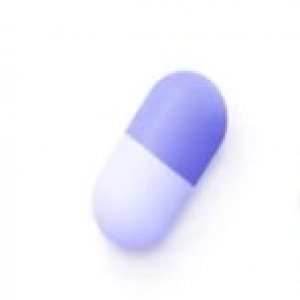 Welcome
Welcome
“May all be happy, may all be healed, may all be at peace and may no one ever suffer."
- A
- B
- C
- D
- E
- F
- G
- H
- I
- J
- K
- L
- M
- N
- O
- P
- Q
- R
- S
- T
- U
- V
- W
- X
- Y
- Z
Ceritinib - Brands
Ceritinib is a kinase inhibitor. Targets of Ceritinib inhibition identified in either biochemical or cellular assays at clinically relevant concentrations include ALK, insulin- like growth factor 1 receptor (IGF-1R), insulin receptor (InsR), and ROS1. Among these, Ceritinib is most active against ALK. Ceritinib inhibited autophosphorylation of ALK, ALK-mediated phosphorylation of the downstream signaling protein STAT3, and proliferation of ALK dependent cancer cells in in vitro and in vivo assays.
Absorption: After a single oral administration of Ceritinib in patients, peak plasma levels (Cmax) of Ceritinib were achieved at approximately 4 to 6 hours, and AUC and C max increased dose proportionally over 50 to 750 mg under fasted conditions. The absolute bioavailability of Ceritinib has not been determined.
Distribution: Ceritinib is 97% bound to human plasma proteins, independent of drug concentration. The apparent volume of distribution is 4230 L following a single 750 mg fasted Ceritinib dose in patients. Ceritinib also has a slight preferential distribution to red blood cells, relative to plasma, with a mean in vitro blood-to-plasma ratio of 1.35.
Elimination: Following a single 750 mg fasted Ceritinib dose, the geometric mean apparent plasma terminal half life (t½) of Ceritinib was 41 hours in patients. Ceritinib demonstrates nonlinear PK over time. The geometric mean apparent clearance of Ceritinib was lower at steady-state (33.2 L/h) after 750 mg daily dosing than after a single 750 mg dose (88.5 L/h).
Metabolism: In vitro studies demonstrated that CYP3A was the major enzyme involved in the metabolic clearance of Ceritinib. Following oral administration of a single 750 mg radiolabeled Ceritinib dose under fasted conditions, Ceritinib as the parent compound was the main circulating component (82%) in human plasma.
Excretion: Following oral administration of a single 750 mg radiolabeled Ceritinib dose under fasted conditions, 92.3% of the administered dose was recovered in the feces (with 68% as unchanged parent compound) while 1.3% of the administered dose was recovered in the urine.
To be happy, beautiful, healthy, wealthy, hale and long-lived stay with DM3S.
